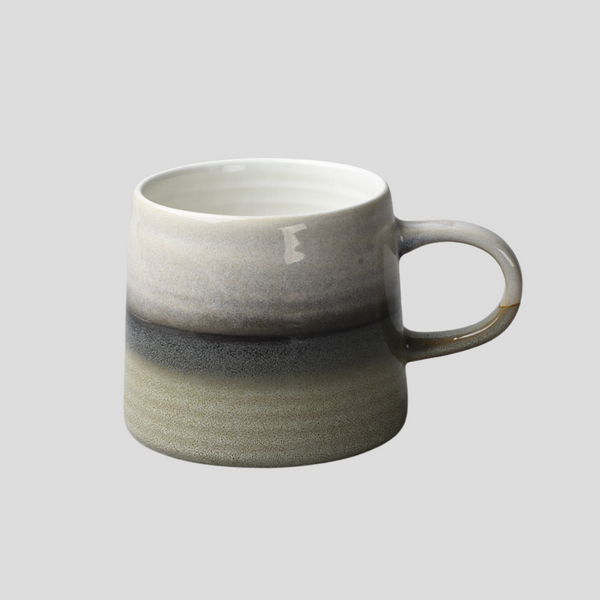
Ceramic Creation Without a Kiln: Simplified
Exploring Ceramic Creation Without a Kiln: A Simplified Guide
Traditionally, creating ceramics has been synonymous with having access to a kiln—a specialized oven that reaches high temperatures necessary for firing clay. However, the cost and space required for a kiln can be prohibitive for many hobbyists and small-scale artists. Fortunately, innovative methods now allow for ceramic creation without a kiln, using materials and tools that are much more accessible. This simplified guide explores these alternatives, providing a pathway for enthusiasts to dive into the world of ceramics without the traditional barriers.
Air-Dry Clay: The Basic Material
At the core of kiln-free ceramic creation is air-dry clay. Unlike traditional clay that requires high temperatures to harden, air-dry clay hardens as it is exposed to air over a period of days. Although not as durable as kiln-fired clay, it is a suitable medium for decorative items, jewelry, and small home goods. Working with air-dry clay is simple: it can be molded, textured, and even painted after it's dry. For those looking for a more resilient finish, sealing the piece with a clear varnish can add strength and moisture resistance.
Alternative Firing Techniques: Cold Porcelain and Polymer Clays
Besides air-dry clay, other materials such as cold porcelain and polymer clays provide viable paths for creating ceramics without a kiln. Cold porcelain is a homemade or commercially available air-dry material made from a combination of cornstarch, white glue, and lemon juice or vinegar, providing a malleable and fine-textured medium. After drying, it results in a porcelain-like finish that can be painted or varnished.
Polymer clay, on the other hand, offers a colorful alternative that hardens through baking in a conventional home oven at much lower temperatures than those required for firing ceramic clay. Available in a wide range of colors, it’s ideal for making detailed figurines, jewelry, and decorative items. After baking, polymer pieces can be sanded, drilled, and even carved to add finishing touches.
Cement Ceramics: An Industrial Twist
For those interested in a more industrial look or outdoor applications, creating ceramics with cement offers a compelling alternative. Combining cement with sand and water, artists can mold items in much the same way as traditional clay. Once cured, cement ceramics exhibit a unique, raw aesthetic suitable for garden sculptures, planters, and outdoor decor. Surface treatments and pigments can also be added to the mixture to achieve different finishes and colors.
Finishing Techniques: Adding Life to Creations
The finishing process is crucial in all kinds of ceramic creation, including those crafted without a kiln. For pieces made from air-dry or polymer clays, acrylic paints offer an easy and versatile option for decoration. Applying a sealant or varnish can enhance the longevity and appearance of the final piece. Alternatively, for those using cement, techniques like staining or sealing with specific outdoor sealants can protect the piece from the elements and enhance its visual appeal.
Creating ceramics without a kiln opens up a world of possibilities for crafters, artists, and hobbyists. By utilizing alternative materials and techniques, it's possible to explore the joys of ceramic creation without the traditionally significant investment in equipment and space. Whether through air-dry clay, polymer, cold porcelain, or even cement, the essence of crafting with your hands and bringing creations to life remains a profoundly satisfying experience.
Click this link to check out our ceramic artwork!
















































